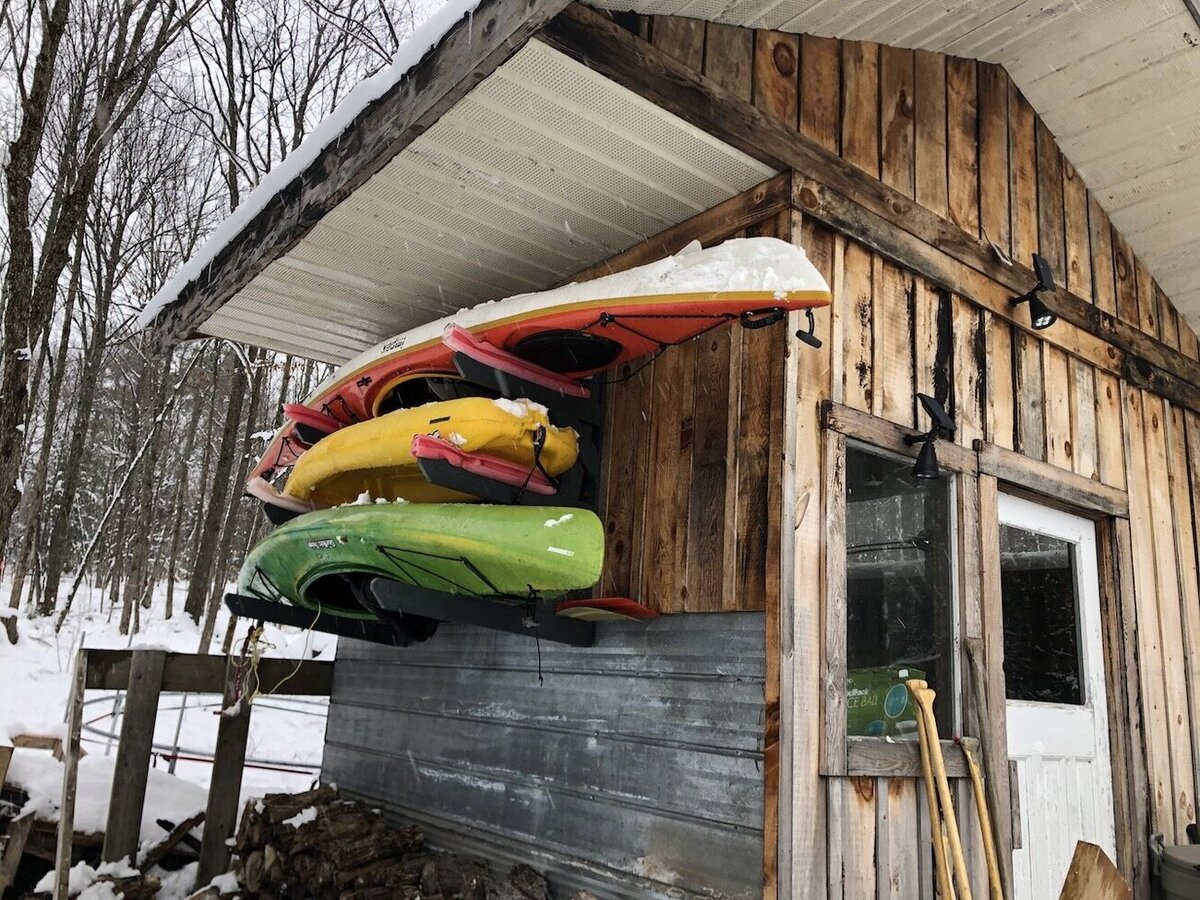

Articles
How To Store Canoe Outside
Modified: December 7, 2023
Learn the best methods for storing your canoe outside with this informative articles. Protect your canoe from the elements and keep it in top condition.
(Many of the links in this article redirect to a specific reviewed product. Your purchase of these products through affiliate links helps to generate commission for Storables.com, at no extra cost. Learn more)
Introduction
Storing a canoe outside can be a great option for those who lack indoor storage space or simply prefer to keep their canoe easily accessible for spontaneous adventures. However, it’s important to ensure that your canoe is properly stored outside to protect it from the elements and maintain its longevity.
In this article, we will explore the benefits of storing a canoe outside, factors to consider before opting for outdoor storage, and provide you with a step-by-step guide on how to properly store your canoe outside. Whether you’re a seasoned canoe enthusiast or just starting your paddling journey, this article will equip you with the knowledge to keep your canoe in optimal condition.
Key Takeaways:
- Storing your canoe outside offers convenience, cost-effectiveness, and a connection with nature. However, it’s crucial to consider factors like climate, security, and maintenance to ensure proper outdoor storage.
- Properly preparing, covering, and maintaining your canoe is essential for outdoor storage. Regular inspections, choosing the right location, and adhering to local regulations are key to preserving your canoe’s longevity and performance.
Read more: How To Store A Canoe Outside
Benefits of Storing Canoe Outside
Storing your canoe outside offers several advantages that make it an appealing option for many canoe owners. Here are some of the key benefits of outdoor canoe storage:
- Convenience: Storing your canoe outside allows for easy access whenever you’re ready to hit the water. Instead of having to retrieve your canoe from a distant storage facility or squeeze it into a cramped indoor space, you can have it readily available in your backyard or garage.
- Cost-Effective: Renting indoor storage or purchasing specialized canoe storage racks can be costly. Opting to store your canoe outside eliminates these expenses, allowing you to save money while still keeping your canoe secure and protected.
- Space-Saving: If you have limited indoor storage space, keeping your canoe outside can be a practical solution. It frees up valuable room in your garage or shed for other items, such as vehicles, bikes, or equipment.
- Visibility and Excitement: Having your canoe displayed outside adds a sense of adventure and anticipation. It serves as a constant visual reminder of the outdoor activities and adventures that await you, inspiring you to make the most of your canoe.
- Connection with Nature: Storing your canoe outside reinforces your connection with nature. Being able to see, touch, and interact with your canoe in an outdoor setting can evoke a sense of tranquility and remind you of the beauty of the natural world.
- Preserving Indoor Space: If you have limited indoor storage options, keeping your canoe outside can help prevent clutter and maintain a clean living environment. This is particularly beneficial if you live in a small apartment or have limited storage space for recreational equipment.
- Enhancing Curb Appeal: A well-maintained canoe displayed outside can enhance the curb appeal of your property. It adds a unique and eye-catching element to your outdoor space, making it visually appealing to both residents and passersby.
It’s important to note that while storing your canoe outside offers numerous advantages, there are also certain factors to consider to ensure that your canoe remains safe and protected. Let’s explore these factors in the next section.
Factors to Consider Before Storing Canoe Outside
Before you decide to store your canoe outside, there are several important factors to consider to ensure its safety and longevity. Take the following factors into account before making your decision:
- Climate: Assess the climate of your area. Canoes are typically designed to withstand different weather elements, but extreme temperatures, prolonged exposure to sunlight, and excessive humidity or moisture can impact their durability. If you live in an area with harsh weather conditions, you may want to consider alternative storage options.
- Security: Consider the security measures available to protect your canoe from theft or vandalism. Installing a fence, using strong locks, or implementing security cameras can help deter potential thieves and ensure that your canoe remains safely stored outside.
- Space: Evaluate the available space in your backyard or garage. Ensure that there is adequate room to store your canoe without it obstructing walkways or causing inconvenience. Additionally, consider the accessibility of the storage location to make it easy to retrieve and return your canoe.
- Proximity to Water: If you plan on storing your canoe outside for easy access to the water, consider the proximity of the storage location to suitable launch sites. Make sure the storage area is convenient for transporting your canoe to and from the water without difficulty.
- Local Regulations: Familiarize yourself with any local regulations or ordinances regarding outdoor storage of recreational equipment. Some areas may have specific guidelines or restrictions on storing canoes outside, and it’s important to comply with these regulations to avoid any potential legal issues.
- Maintenance: Consider the maintenance requirements for storing your canoe outside. Regularly inspecting and cleaning your canoe, as well as protecting it from the elements, is crucial to preserving its longevity. Be prepared to invest time and effort in maintaining your canoe to keep it in optimal condition.
By carefully considering these factors, you can make an informed decision about whether storing your canoe outside is the right option for you. Next, we will provide you with a step-by-step guide on how to properly store your canoe outside to ensure its protection and longevity.
Step-by-Step Guide to Properly Store Canoe Outside
Properly storing your canoe outside requires careful planning and attention to detail. Follow this step-by-step guide to ensure that your canoe remains protected and in optimal condition:
- Clean and Dry the Canoe: Thoroughly clean both the interior and exterior of your canoe. Remove any dirt, debris, or residue using mild soap, water, and a soft cloth. Once cleaned, allow your canoe to fully dry before proceeding to the next steps.
- Elevate the Canoe: Raise the canoe off the ground using suitable supports. This helps prevent moisture from seeping into the hull and reduces the risk of damage. You can use sturdy sawhorses, foam blocks, or a dedicated canoe storage rack for this purpose.
- Secure the Canoe: Use straps or ropes to securely fasten the canoe to prevent it from shifting or falling. Make sure the straps are tight enough to hold the canoe in place, but not too tight to cause unnecessary pressure on its hull.
- Choose a Sheltered Location: Position the canoe in a sheltered area to protect it from direct sunlight, rain, and other elements. If possible, place it under a canopy, awning, or against a wall to minimize exposure to the weather.
- Cover the Canoe: Use a fitted, breathable canoe cover to protect your canoe from dust, debris, and moisture. Avoid using plastic or non-breathable covers as they can trap moisture and promote mold or mildew growth.
- Secure the Cover: Ensure that the canoe cover is properly secured to prevent it from being blown off by strong winds. Use bungee cords, straps, or ropes to secure the cover tightly around the canoe.
- Inspect Regularly: Regularly inspect your canoe for any signs of damage, mold, or mildew. Remove the cover and check for any leaks, cracks, or warping. If you notice any issues, address them promptly to prevent further damage.
- Perform Maintenance: Perform routine maintenance tasks such as applying wax to the canoe’s exterior, checking and tightening hardware, and lubricating moving parts. This helps prolong the lifespan of your canoe and ensures its optimal performance.
Following these steps will help protect your canoe from the elements and ensure its longevity. However, it’s important to note that even with proper storage, periodic inspections and maintenance are essential to keep your canoe in prime condition.
Next, let’s discuss choosing the right location for outdoor canoe storage.
Choosing the Right Location for Outdoor Canoe Storage
Choosing the right location for outdoor canoe storage is essential to ensure the longevity and protection of your canoe. Consider the following factors when selecting a suitable storage spot:
- Shelter from the Elements: Look for a location that provides some form of shelter or protection from direct sunlight, rain, and extreme weather conditions. This can include positioning the canoe under a canopy, against a wall, or in a shed or garage.
- Adequate Space: Ensure that the storage location offers enough space to accommodate your canoe comfortably. It should not impede walkways or other activities in your outdoor area.
- Level Surface: Select a flat and level surface to place your canoe. This helps prevent the canoe from tipping over and reduces the risk of damage.
- Accessibility: Consider the ease of access to the storage location. It should be convenient to transport your canoe to and from the water without obstacles or difficulties.
- Proximity to Water: If possible, choose a storage location that is close to suitable launch sites. This minimizes the time and effort required to transport your canoe to the water, making it more convenient for your adventures.
- Security Measures: Select a location that offers sufficient security measures to protect your canoe from theft or vandalism. This can include installing motion sensor lights, adding locks to gates or doors, or utilizing a designated storage area with restricted access.
- Environmental Considerations: Take into account the environmental factors of the storage location. Avoid areas that are prone to flooding, excessive moisture, or frequent strong winds, as these can pose risks to the integrity of your canoe.
- Local Regulations: Ensure compliance with any local regulations or ordinances regarding outdoor storage. Some areas may have specific guidelines or restrictions, so it’s important to be aware of and adhere to these regulations.
By considering these factors, you can choose the ideal location for storing your canoe outside. Remember, it’s crucial to regularly inspect and maintain your canoe, even when it’s stored in a suitable location, to ensure its longevity and optimal performance.
Next, let’s discuss the steps involved in preparing your canoe for outdoor storage.
To store a canoe outside, use a weatherproof cover to protect it from the elements, and elevate it off the ground to prevent moisture damage. Additionally, secure it to prevent theft.
Read more: How To Store Canoe
Preparing the Canoe for Outdoor Storage
Properly preparing your canoe for outdoor storage is crucial to protect it from potential damage. Follow these steps to ensure your canoe is properly prepared:
- Clean and Dry: Thoroughly clean both the inside and outside of your canoe. Remove any dirt, mud, or debris using a mild soap, water, and a soft cloth. Rinse off any cleaning solution and allow the canoe to fully dry.
- Inspect for Damage: Carefully examine the canoe for any signs of damage, such as cracks, dents, or scratches. Repair any minor damages before storing the canoe to prevent them from worsening over time.
- Remove Accessories: Take off any removable accessories, such as seats, paddles, or fishing rod holders. This helps prevent damage to these items and allows for easier storage of the canoe.
- Apply Protective Coating: Apply a protective coating to the exterior of the canoe. This can be a UV-resistant wax or a specialized canoe protectant. The coating helps protect the canoe from sun damage and prolonged exposure to the elements.
- Secure Loose Parts: Check that all hardware, such as screws, bolts, and handles, are properly tightened. Replace or repair any loose or damaged hardware to ensure the canoe’s structural integrity.
- Empty and Dry Storage Compartments: If your canoe has storage compartments, carefully empty and clean them. Ensure they are dry to prevent the growth of mold or mildew during storage.
- Remove Excess Water: Tilt the canoe to allow any accumulated water to drain out. Use a sponge or cloth to soak up any remaining moisture, especially in the seat area or cockpit.
By following these steps, you can properly prepare your canoe for outdoor storage. Taking the time to clean, inspect, and protect your canoe ensures its longevity and optimal performance when you are ready to hit the water again.
Next, let’s discuss the important aspect of covering and protecting your canoe during outdoor storage.
Covering and Protecting the Canoe
Properly covering and protecting your canoe during outdoor storage is essential to shield it from the elements and maintain its quality. Follow these steps to ensure your canoe remains well-protected:
- Choose a Fitted Cover: Select a fitted canoe cover that is specifically designed for your canoe’s size and shape. A properly fitting cover will provide maximum protection and prevent moisture from entering the canoe.
- Breathable Material: Opt for a canoe cover made of breathable material, such as polyester or nylon. This allows air circulation and prevents the accumulation of moisture that can lead to mold or mildew growth.
- Secure the Cover: Fasten the canoe cover securely to prevent it from being blown off by strong winds. Use straps, bungee cords, or ropes to ensure a tight and secure fit.
- Avoid Plastic or Non-Breathable Covers: Do not use plastic tarps or non-breathable covers as they can trap moisture and promote the growth of mold or mildew. These covers can also cause damage to the canoe’s finish over time.
- Consider Additional Protection: In addition to a fitted cover, you may also consider using additional protective measures. For instance, you can use foam padding or pool noodles to create a barrier between the canoe and any hard surfaces it may come into contact with.
- Check the Cover Regularly: Periodically check the canoe cover for any signs of damage, such as tears or holes. Repair or replace the cover as necessary to ensure continued protection.
By following these steps, you can effectively cover and protect your canoe during outdoor storage. Remember to regularly inspect the cover and ensure it remains in good condition to provide ongoing protection.
Next, let’s discuss the importance of regular maintenance and inspection of your outdoor canoe storage.
Regular Maintenance and Inspection of Outdoor Canoe Storage
Regular maintenance and inspection of your outdoor canoe storage are essential to keep your canoe in optimal condition. By following these guidelines, you can ensure the longevity and performance of your canoe:
- Inspect the Canoe: Regularly inspect your canoe for any signs of damage or wear. Look for cracks, dents, or scratches on the hull, as well as loose or damaged hardware. Address any issues promptly to prevent further damage.
- Clean the Canoe: Regularly clean your canoe to remove dirt, debris, and any buildup that may have accumulated. Use a mild soap, water, and a soft cloth or sponge. Avoid using abrasive cleaners or harsh chemicals that can damage the canoe’s surface.
- Check the Storage Area: Regularly inspect the storage area for any potential hazards or changes. Look for signs of water leaks, pest infestations, or any structural issues that could impact the safety of your canoe.
- Maintain the Cover: Check the canoe cover regularly for any signs of damage, such as tears or holes. Repair or replace the cover as needed to ensure proper protection from the elements.
- Inspect Straps and Supports: Check the straps, ropes, or supports that secure your canoe to ensure they are in good condition. Replace any worn or damaged straps or supports to maintain the stability and security of your canoe.
- Apply Protective Coating: Periodically apply a protective coating to the exterior of your canoe. This can be a UV-resistant wax or a specialized canoe protectant. The coating helps shield the canoe from sun damage and other environmental factors.
- Monitor for Mold or Mildew: Keep an eye out for any signs of mold or mildew growth on your canoe. If you notice any, clean the affected areas using a mild solution of water and vinegar to prevent it from spreading.
- Perform Regular Maintenance: Implement a maintenance routine that includes tasks such as tightening hardware, lubricating moving parts, and inspecting and replacing any worn out or damaged components.
By consistently maintaining and inspecting your outdoor canoe storage, you can identify and address any issues early on, keeping your canoe in excellent condition for years to come.
Now that you understand the importance of regular maintenance and inspection, let’s conclude our article.
Conclusion
Storing your canoe outside can be a practical and convenient option, especially if you have limited indoor storage space or want easy access to your canoe for spontaneous adventures. However, it’s crucial to store your canoe properly to protect it from the elements and ensure its longevity.
In this article, we explored the benefits of storing a canoe outside, including convenience, cost-effectiveness, and space-saving advantages. We also discussed important factors to consider before opting for outdoor storage, such as climate, security, and local regulations.
We provided you with a step-by-step guide on how to properly store your canoe outside. This included preparing the canoe by cleaning and inspecting it, choosing the right location, securing the canoe, and covering it with a fitted, breathable cover. We also emphasized the significance of regular maintenance and inspection to keep your canoe in optimal condition.
Remember, proper outdoor canoe storage requires ongoing care and attention. Regularly clean your canoe, inspect it for any damage, and maintain the storage area and cover. By following these practices, you can extend the life of your canoe and ensure that it’s always ready for your next paddling adventure.
So, go ahead and store your canoe outside with confidence, knowing that you have the knowledge and guidance to do it right. Enjoy the convenience and accessibility of having your canoe at your fingertips, while also preserving its quality and performance for years to come.
Frequently Asked Questions about How To Store Canoe Outside
Was this page helpful?
At Storables.com, we guarantee accurate and reliable information. Our content, validated by Expert Board Contributors, is crafted following stringent Editorial Policies. We're committed to providing you with well-researched, expert-backed insights for all your informational needs.
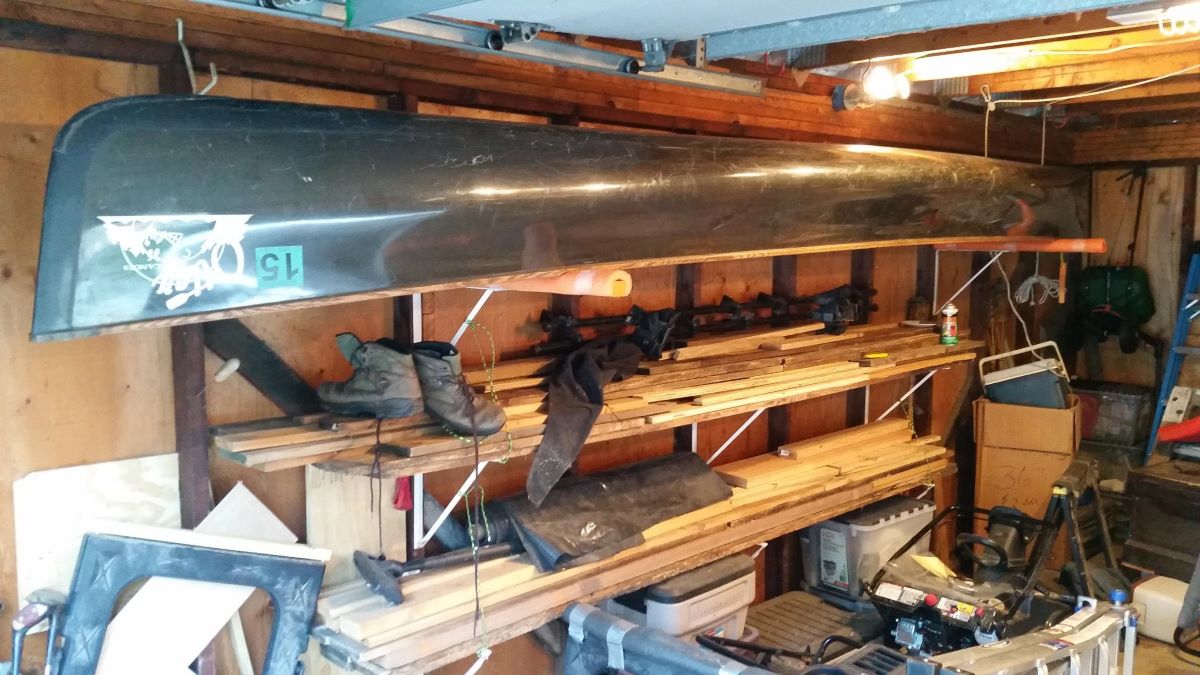

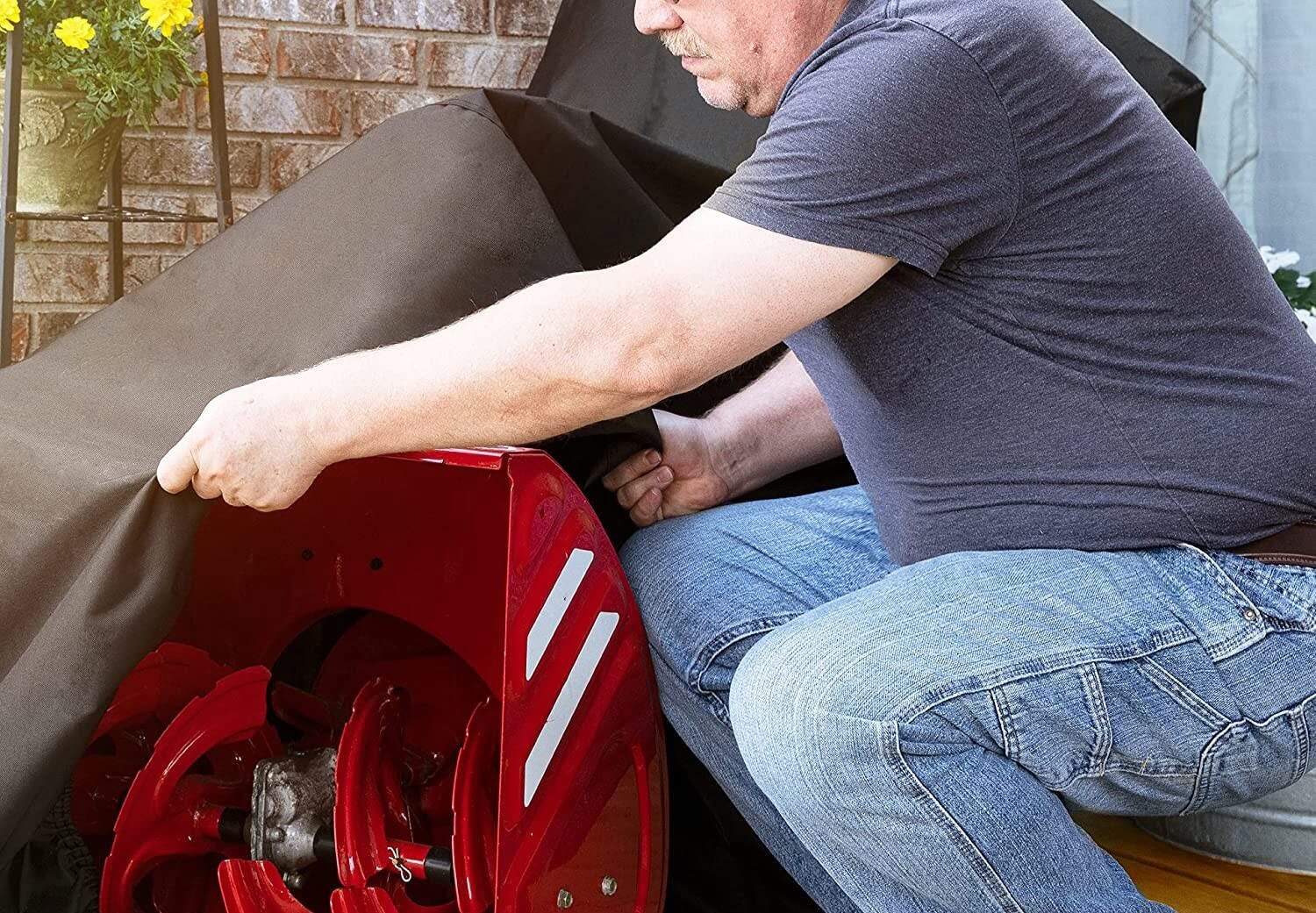
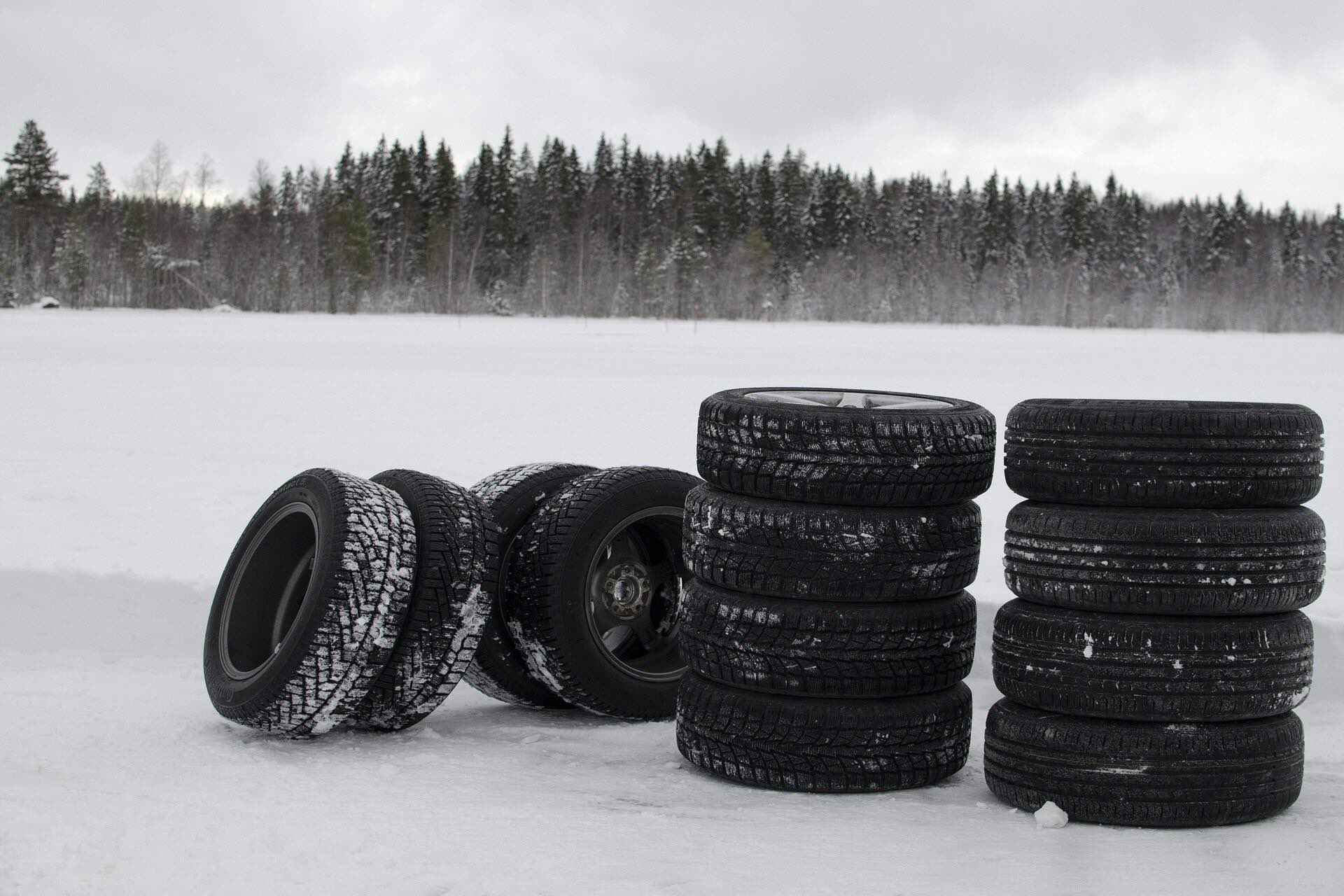
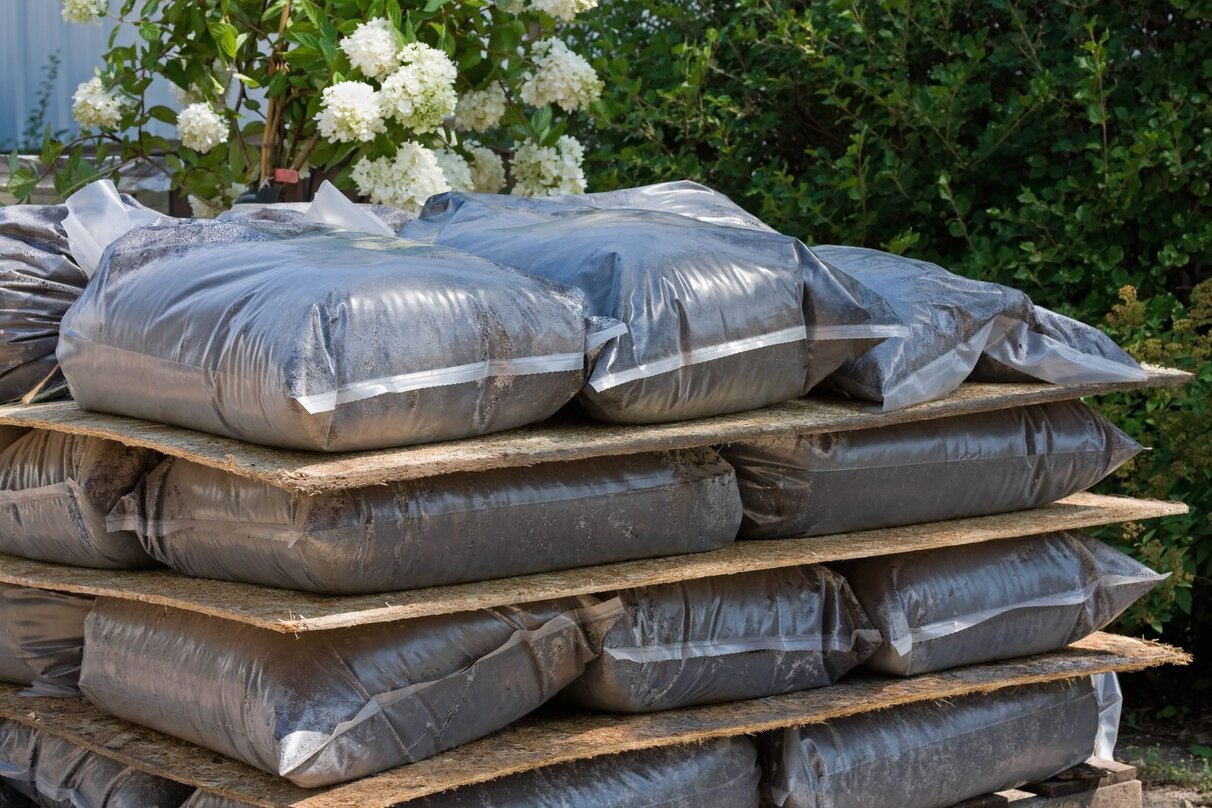

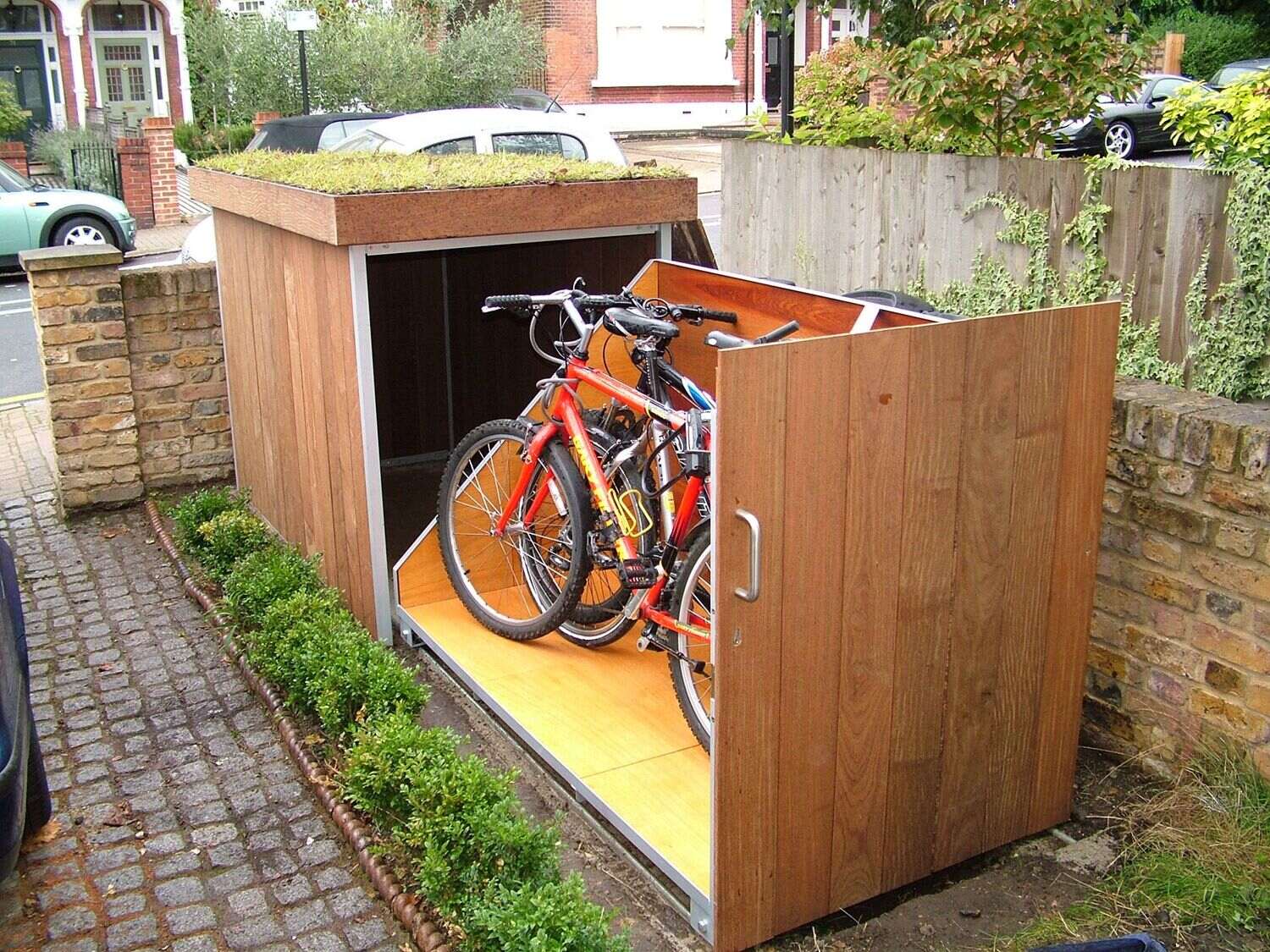
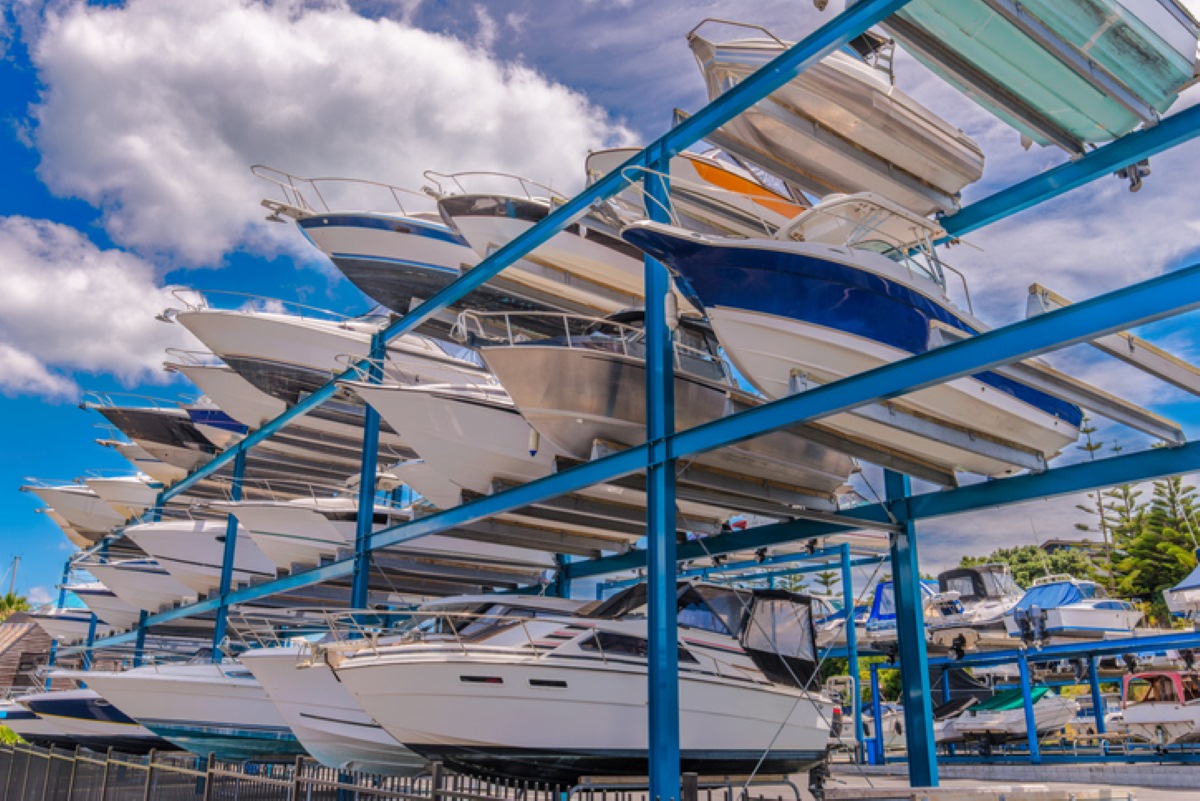
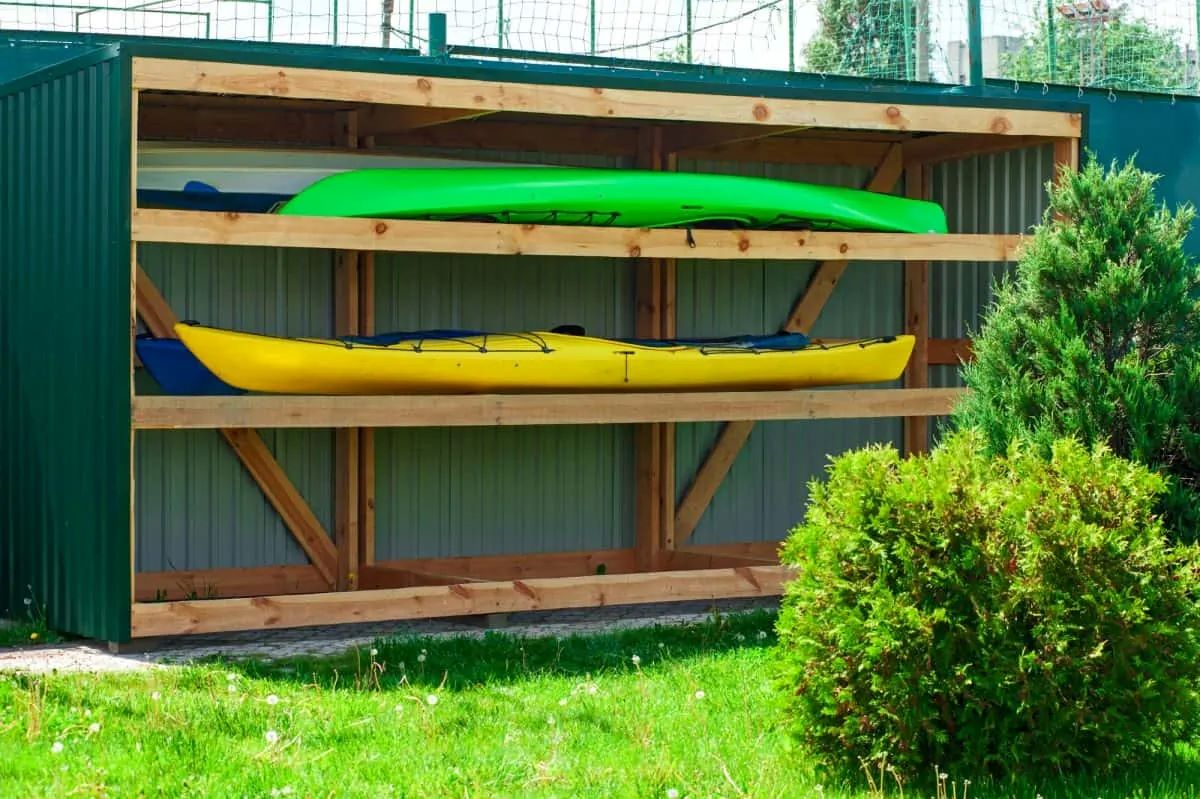
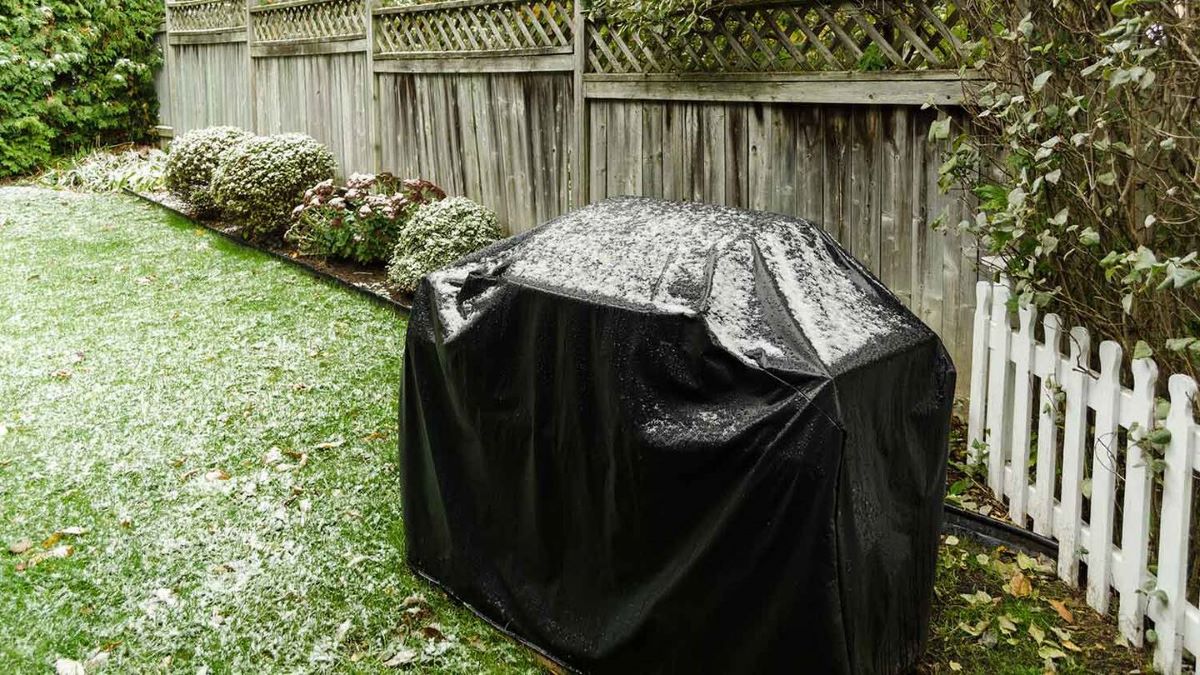
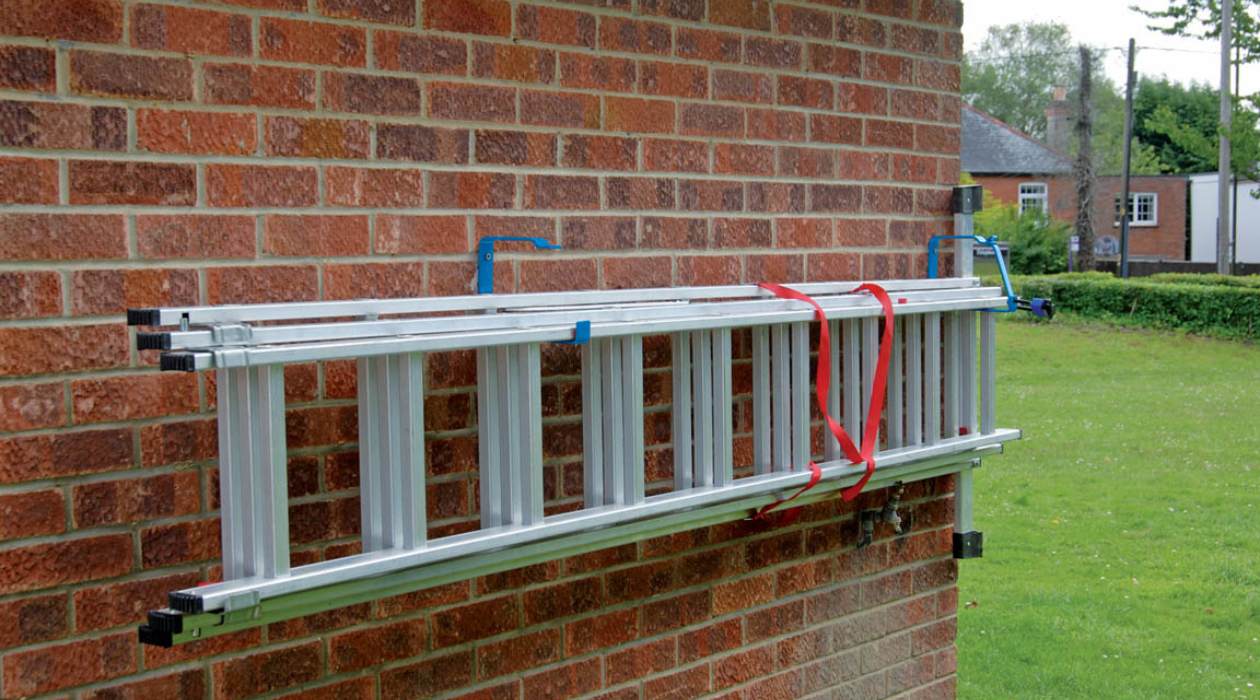
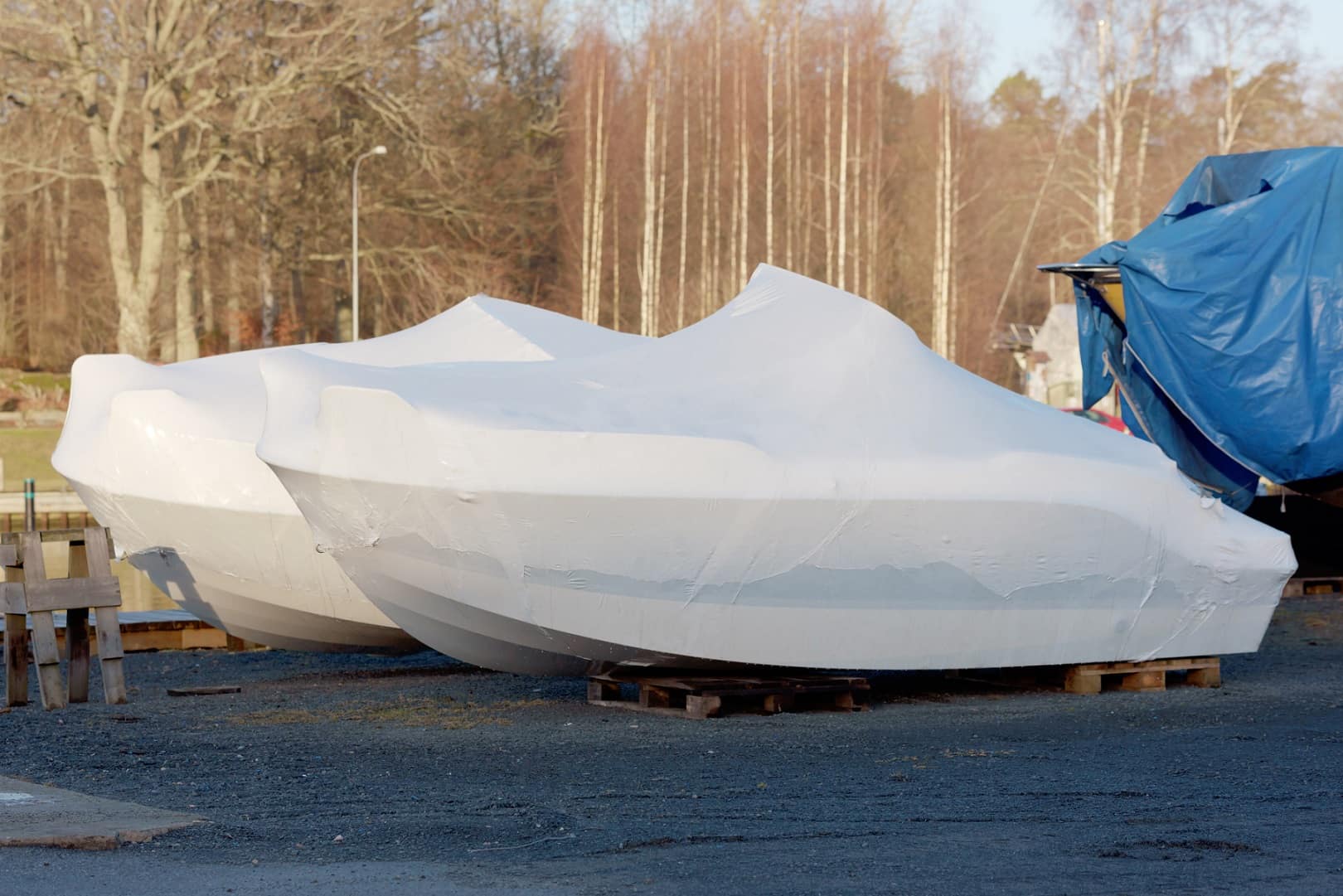

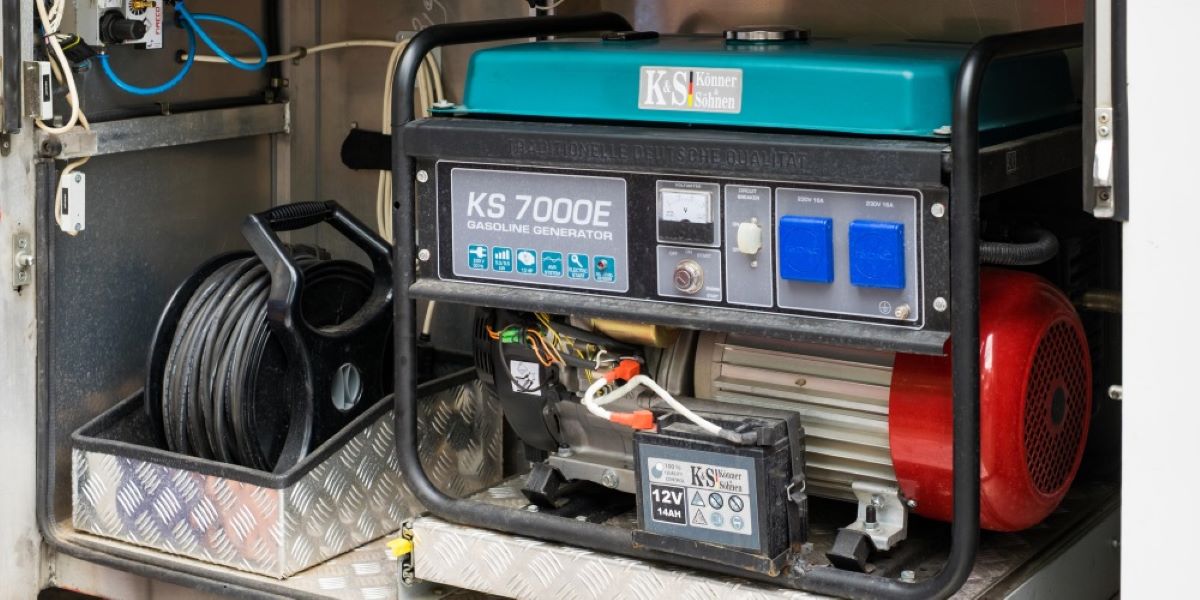

0 thoughts on “How To Store Canoe Outside”